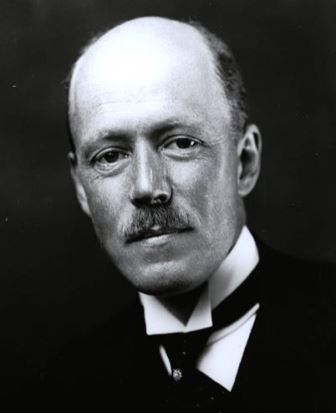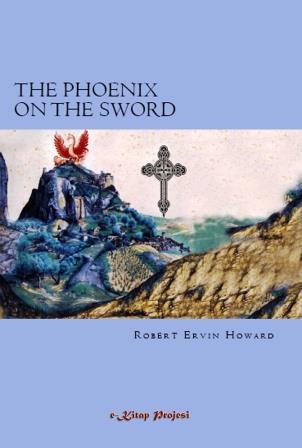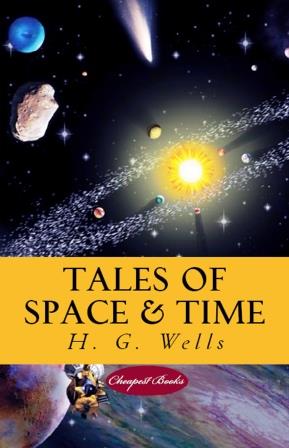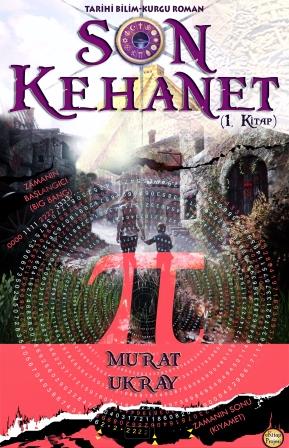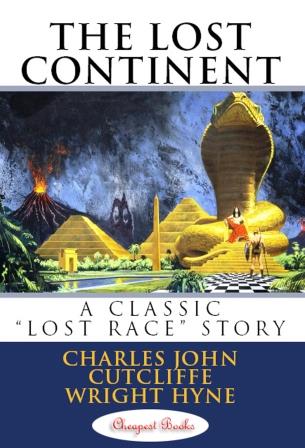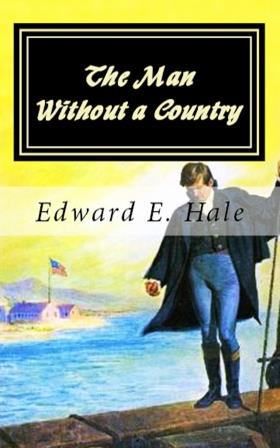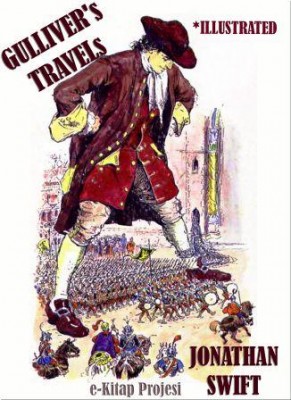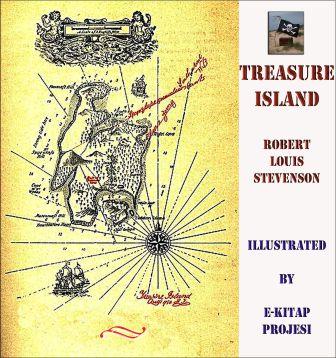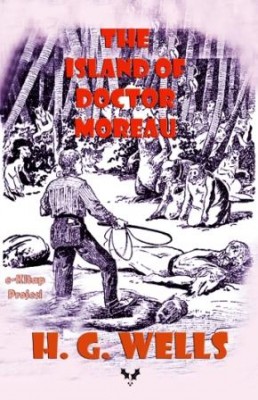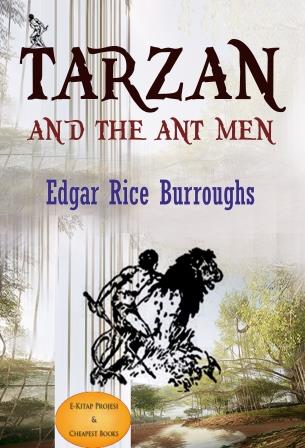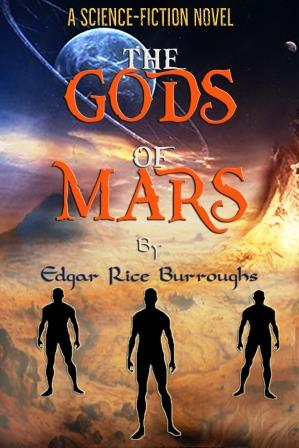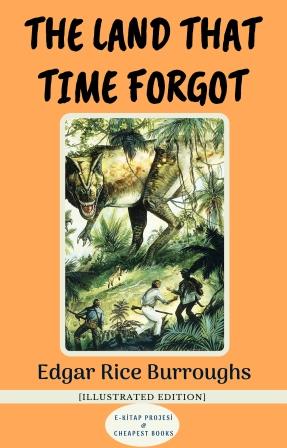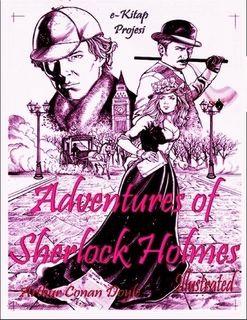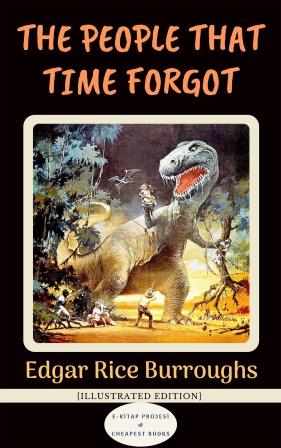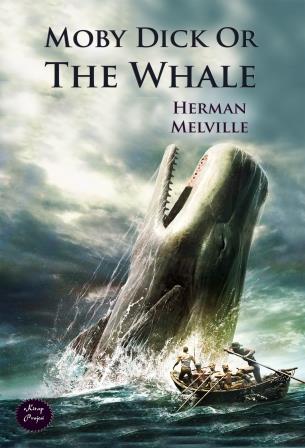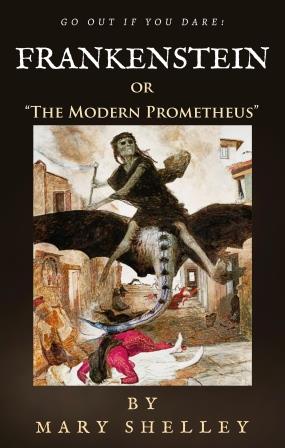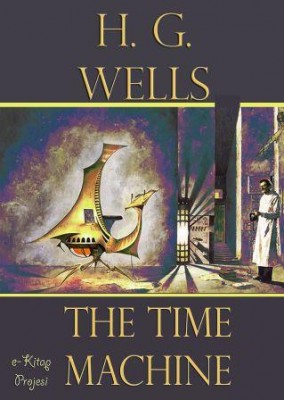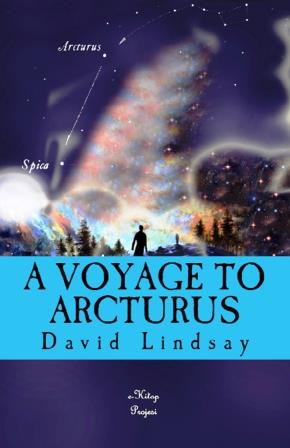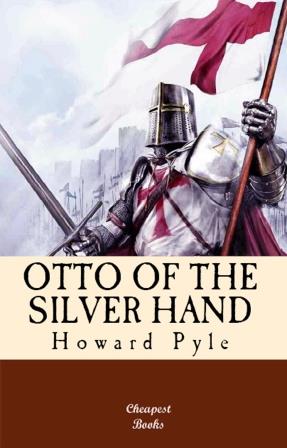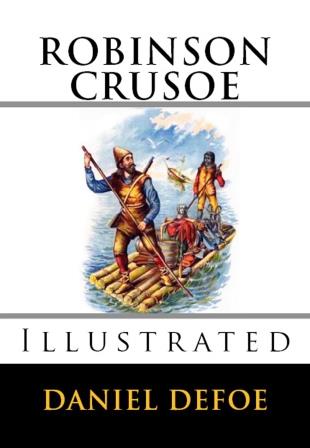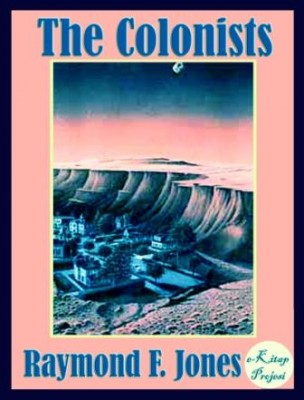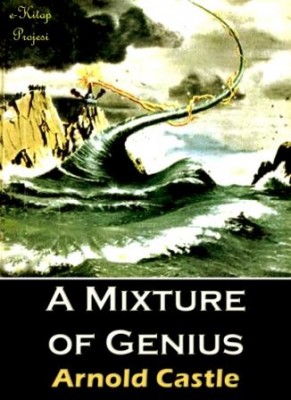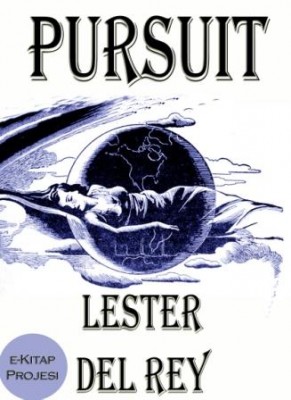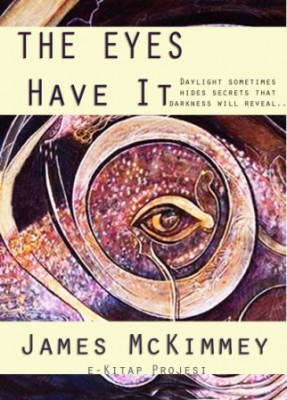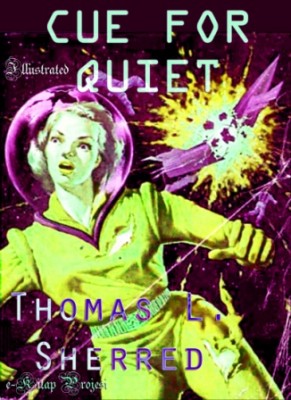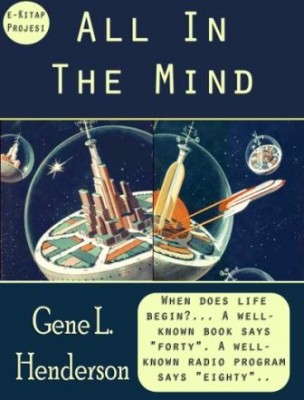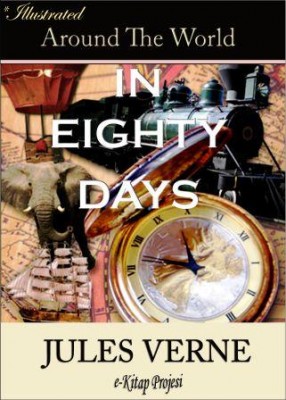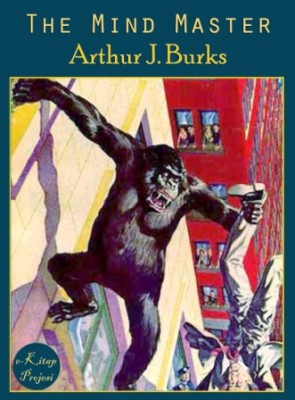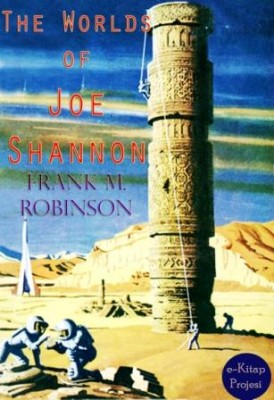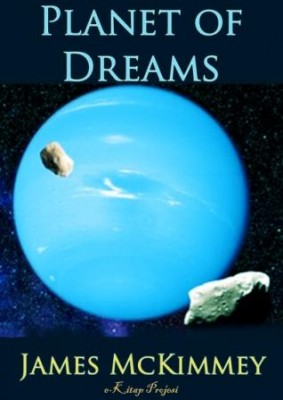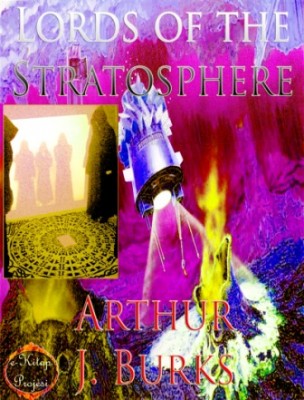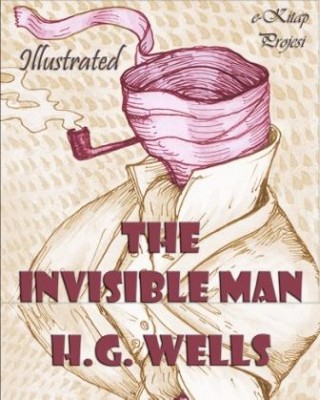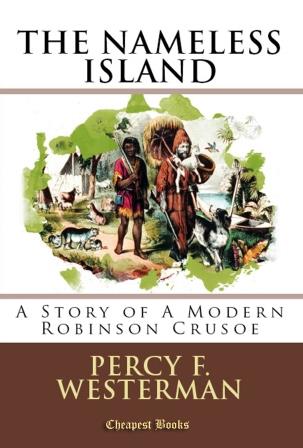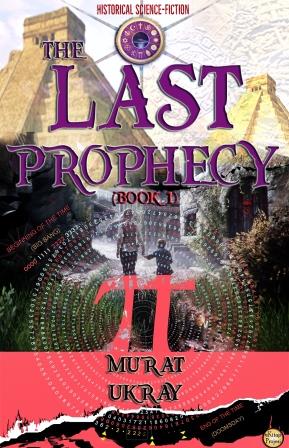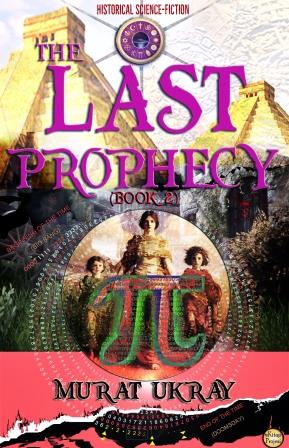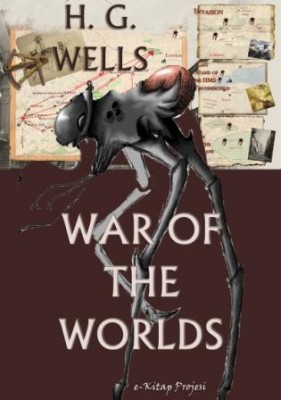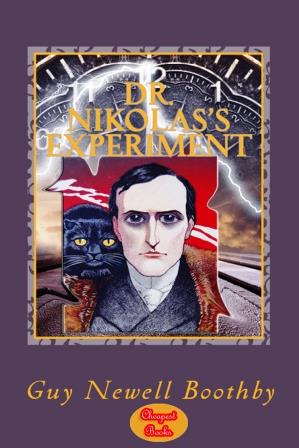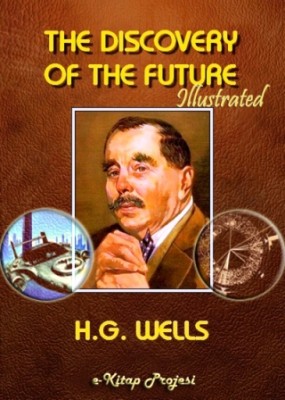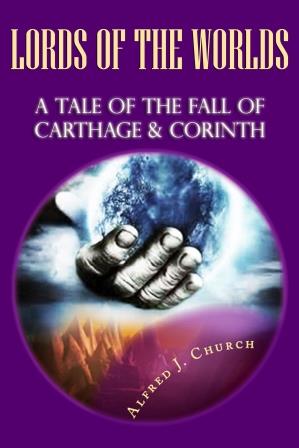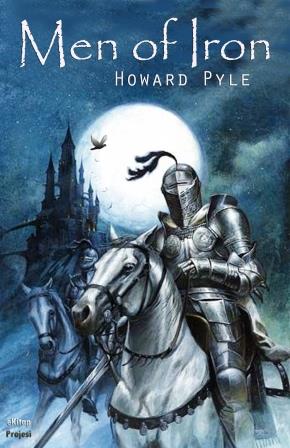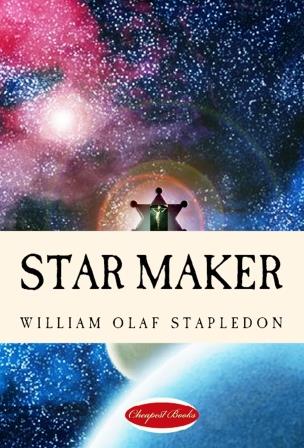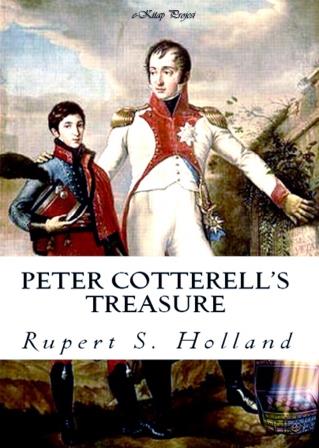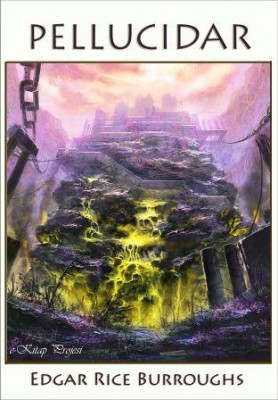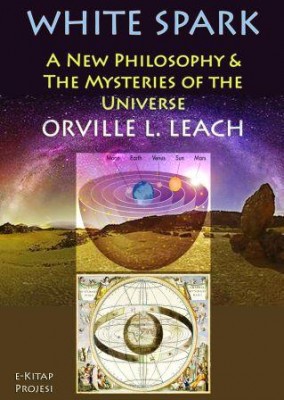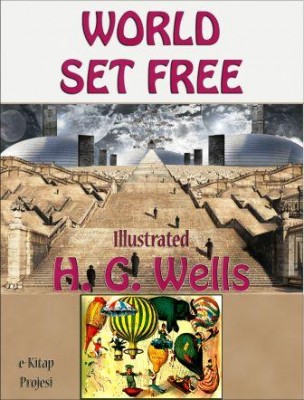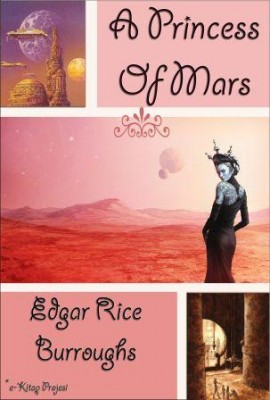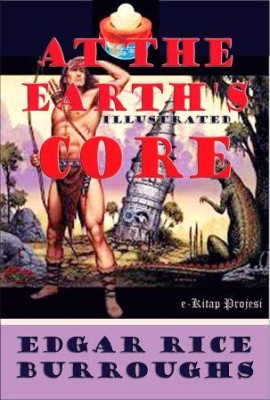The Worm Ouroboros is a heroic high fantasy novel by Eric Rucker EDDISON, first published in 1922. The book describes the protracted war between the domineering King Gorice of Witchland and the Lords of Demonland in an imaginary world that appears mainly medieval and partly reminiscent of Norse sagas.
The work is slightly related to Eddison's later Zimiamvian Trilogy, and collectively they are sometimes referred to as the Zimiamvian series.
A framing story in the first two chapters describes the world of the novel asMercury, though it is clearly a fantasy version of Earth, a "secondary world"; no effort was made to conform to the scientific knowledge of Mercury as it existed at the time of writing. At a number of points the characters refer to their land as Middle earth, used here in its original sense of "the known world", and the gods worshipped have the names of deities from Greek mythology.
Oddly, the introductory framing story, has a beginning, but is not referred to once the actual fantasy adventure begins. (Framing, as a technique, usually opens and closes a separate story contained inside the frame-narrative.)
The framing story having introduced the chief lords of Demonland — the brothers Juss, Spitfire, and Goldry Bluszco, and their cousin Brandoch Daha — the story begins in earnest with a dwarf ambassador from Witchland arriving in Demonland to demand that the Demons recognize King Gorice XI of Witchland as their overlord. Juss and his brothers reply that they and all of Demonland will submit if the king (a famous wrestler) can defeat Goldry Bluszco in a wrestling match.
The match is held in the neutral territory of the Foliot Isles, and Gorice is killed.
His successor (or reincarnation) Gorice XII is a sorcerer who banishes Goldry to an enchanted mountain prison, by means of a perilous sorcery requiring the help of the devious Goblin traitor Lord Gro.
While Lord Spitfire is sent back to raise an army out of Demonland, Lord Juss and his cousin Brandoch Daha, aided by King Gaslark of Goblinland, attempt an assault on Carce, the capital of the Witches, where they think Goldry is held. The rescue fails, the Goblins flee, and Juss and Brandoch Daha are both captured. They escape with the aid of La Fireez, the prince of Pixyland and vassal of King Gorice, who helps them at great personal cost because he owes them a debt of honor.
Characters:
(The Demons and their Allies)
* Lord Juss is the chief lord of Demonland and a chief player in most of the battles in the story. He also leads two expeditions to rescue his brother Goldry Bluszco.
* Goldry Bluszco is the brother of the hero and one of the chief lords of Demonland. Bluszco has two brothers, Lord Juss and Lord Spitfire. Unlike his bachelor brothers, Bluszco was betrothed to marry Princess Armelline of Goblinland.
* Lord Spitfire is a Demon lord who spends most of the story in De-monland fighting the various Witchland invasions. His chief residence is the castle Owlswick.
* Brandoch Daha is a lord of Demonland and the greatest swordsman of the age. After Corinius sacks his castle of Krothering, Brandoch Daha swears vengeance against Corinius.
* Lady Mevrian is a great lady of Demonland and the sister of Bran-doch Daha, who is left the task of defending her brother's castle of Krothering against Corinius's army. After a siege, the castle is taken and Lady Mevrian has to fend off the advances of Corinius. She is able to escape only with the aid of Heming and Cargo (Corund's sons) and Lord Gro, who betrays Witchland to help her.
* Prince La Fireez is the ruler of Pixyland.
































